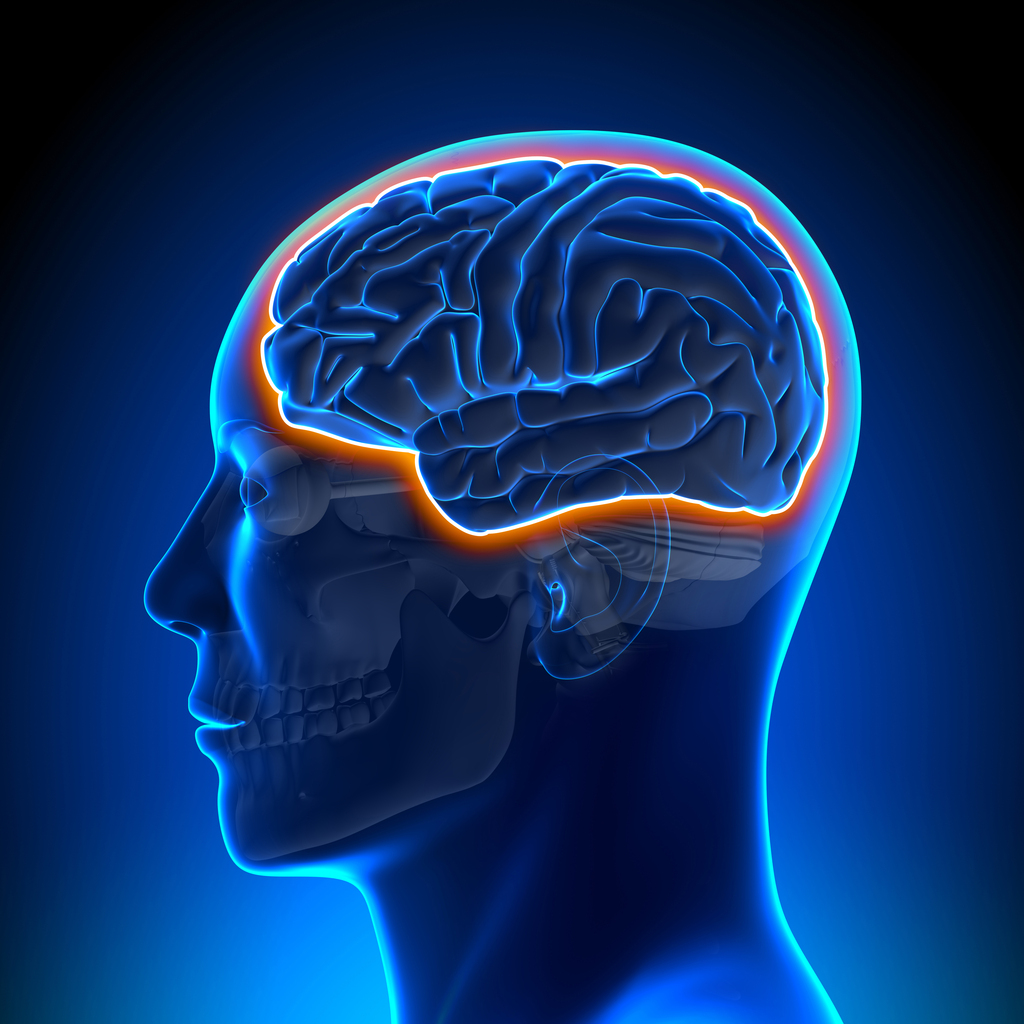Newly Identified Molecular Targets Have Potential Implications for Angelman Syndrome

New targets of the UBE3A enzyme responsible for Angelman syndrome have been identified, increasing scientific knowledge behind the molecular processes leading to this disease.
The study, “Quantitative proteomics reveals neuronal ubiquitination of Rngo/Ddi1 and several proteasomal subunits by Ube3a, accounting for the complexity of Angelman syndrome,” appeared in the journal Human Molecular Genetics.
Angelman syndrome is a debilitating neurological disorder caused by the lack of functional UBE3A in brain cells. UBEA3 is an enzyme that can target proteins for degradation by tagging them with a small molecule called ubiquitin.
This process, known as ubiquitination, has been proved essential for the development of brain cells and their proper function.
Ubiquitination, called “the kiss of death” for proteins, takes place in the proteasome, a complex of enzymes involved in protein breakdown.
Recent evidence suggests that UBE3A can indirectly affect the degradation of several proteins marked by other other enzymes that serve a similar purpose as UBE3A. So far, no specific protein has been confirmed as a direct target of UBE3A.
Now, researchers developed new efficient approaches to identify possible targets of UBE3A in the brain of an animal model — the fruit fly.
In fruit flies genetically altered to have increased levels of the UBE3A enzyme, 79 potential UBE3A target proteins were discovered, 13 of them associated with the machinery that tags proteins for degradation. This suggests a wide proteasomal disturbance in the brains of Angelman patients.
The team used human brain cell lines to validate their findings, and observed that a protein highly elevated in the brains of developing mice, called DDI1, was a direct target of UBE3A in the human brain. However, human DDI1 was tagged by UBE3A without being targeted for degradation.
Researchers believe that in normal conditions, UBE3A might tag these proteins, inactivating them but protecting them from degradation. Without UBE3A, proteasome activity is likely to be increased in the brains of Angelman syndrome patients.
“Considering that the proteasome regulates dendritic development, long-term potentiation, long-term depression, synaptic plasticity and strengthening, memory consolidation, circadian rhythms and many other aspects of neuronal function, a UBE3A-dependent proteasomal regulation could easily explain how a single E3 ligase mutation can cause a disorder as complex as Angelman syndrome,” researchers wrote.
The team noted that it is a real challenge to identify which proteins are direct targets of UBE3A and which ones are affected indirectly by the enzyme’s effects on the proteasome.
Additional studies are required to clarify these questions, as well as the role of DDI1 ubiquitination in the brain, which might shed light on how the disease is regulated.






